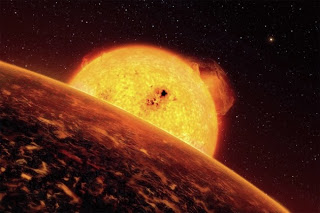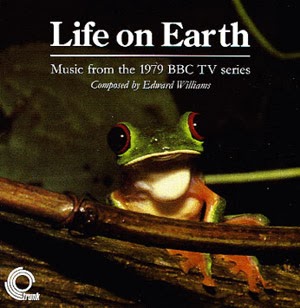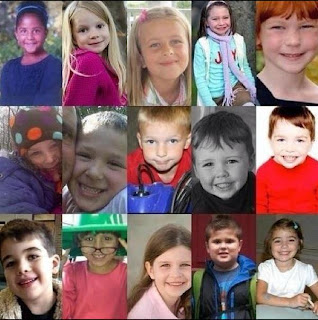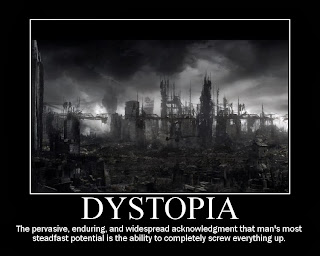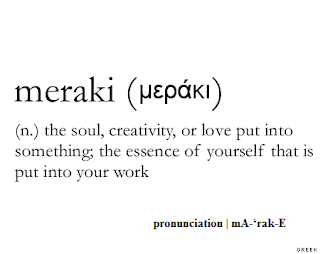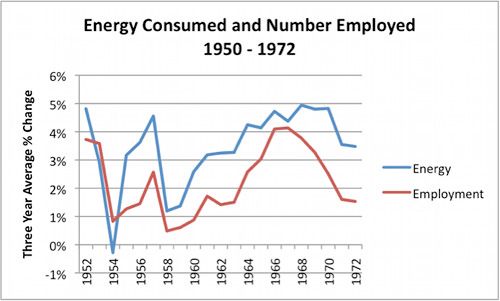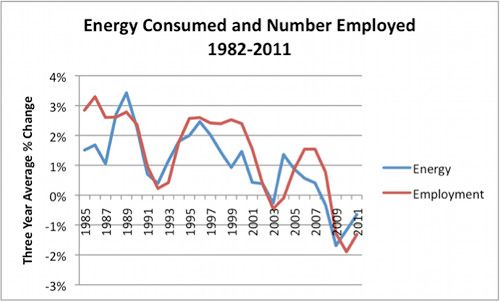Will The World Have Enough Energy in 2040?
By 2040, planet Earth will be home to nearly 9 billion people — up roughly 2 billion from today — all requiring access to energy supplies in order to participate in modern life. We have the natural resources to meet global projected energy demands in 2040, but how to do so equitably and without exacerbating global warming are more difficult questions, experts said at a AAAS event.
The challenges will be less acute in the developed world, where energy use is projected to stay mostly steady in the next three decades. But the next 30 years should see energy demand surge in other countries whose economies are growing rapidly, especially those in Asia, according to representatives from Exxon-Mobil and the Energy Information Administration (EIA), which is part of the U.S. Department of Energy.
Though they differ in their finer points, projections by both organizations show global energy use growing from roughly 400 quadrillion BTU's in 2000 to over 700 quadrillion BTU's by 2040 with virtually all of the increase coming from outside today's high-income countries. At that point, less than half of the world's oil resources will be consumed, according to Rob Gardner, manager of the Economics and Energy Division of Exxon-Mobil's Corporate Strategic Planning Department. The company also estimates that the remaining recoverable global resources of natural gas are enough to meet current demand for about 200 years
Societies' Nearsightedness Poses Main Obstacle to Extreme Weather Preparation
Extreme weather: Everybody talks about it, but human nature often gets in the way of our doing something about it. This was the consensus among scientists who participated in a discussion about "Building Resilience to Extreme Weather," at the AAAS headquarters auditorium in downtown Washington, DC.
Scientists, engineers and others who study extreme weather have proposed numerous ways to reduce the suffering and damage inflicted by hurricanes, floods, tornadoes, deluges, droughts and such. Obstacles to implementing these measures often arise because peoples' perspectives are short-term and localized, while nature's patterns are vastly longer-term and global, the speakers said.
Society could benefit greatly by taking the same approach to natural hazards as that taken by the aviation industry toward air disasters, which means "learning from experience," he said. For instance, if a wing falls off a plane, the official reaction is that "this must never happen again.'"
Promising Advances in Conservation Science May Test Existing Policies
Already, scientists have cloned an extinct goat-specifically, a Portuguese subspecies of the Iberian ibex (Capra pyrenaica pyrenaica), said Haig, one of three speakers who joined moderator Richard Harris of National Public Radio to discuss the frontiers of conservation science and policy. The ibex clone, produced after Spanish and French scientists inserted preserved DNA into a modern goat egg and made 57 implantation attempts, died shortly after birth. In Australia, researchers also have so far cloned early embryos of a mouth-brooding frog (Rheobatrachus) that used its stomach as a womb before habitat loss prompted it to go extinct some 30 years ago. Other research teams have announced plans to try and resurrect the carrier pigeon, the woolly mammoth, an extinct type of cattle known as the auroch, and other animals, using a combination of cloning and selective breeding methods.
Energy, climate, biodiversity: three tall-orders that science is up to the task with the noted exception (lack) of political will and obfuscation from our leaders. At issue is the engineered public distrust of prepared experts on science, and their misplaced trust in "thought leaders" that parrot talking points for respective myopic energy industries. Change at this point could affect their business model, and it might. I'm betting with the right incentives, that change could be mutually beneficial: the climate on earth somewhat stabilized, meaning the economies of nations stable as well, thus more with the means to consume responsibly, and would so gladly. Making money on war, misery and social stratification can only go so far (after all, the Earth is only an estimated 1,097,509,500,000,000,000,000 cubic meters), rather large, but not infinite. Especially for 9 billion souls that will require food, housing and employment. Our species will have to become space faring to survive.
It would be a shame our venture into the stars via Mars is an evacuation versus a colonization. The Red Planet's atmosphere is currently too thin for human life. It would take several centuries of Terra-forming to get it habitable. It would take starting that process.
Our planet is our star ship, and our only practice field. It will stand testament as evidence of our stewardship...or lack thereof.
